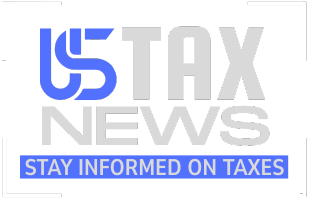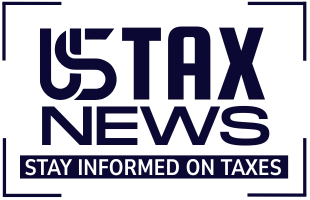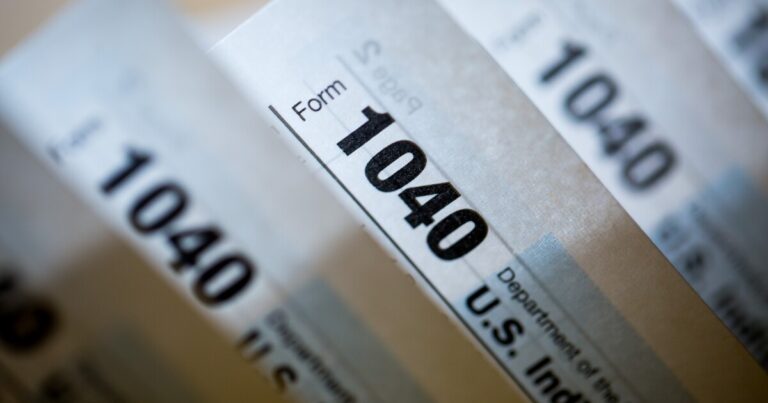The U.S. Government Accountability Office created a list of questions for policymakers’ oversight of the energy tax expenditures in the Inflation Reduction Act of 2022.
The report, published today, describes selected features and effective dates of each IRA energy tax expenditure, the implementation status and data of each expenditure as of January 2025, and questions to aid the oversight of the expenditures.
The 21 energy-related tax expenditures, which includes 20 credits and one deduction, cover a range of subjects such as clean vehicles, clean energy infrastructure, electricity generation and energy efficient buildings. The Joint Committee on Taxation estimates the expenditures may result in at least $200 billion less in revenue collected between 2022 and 2031.

The GAO has long recommended greater scrutiny of tax expenditures. For example, in 2005, it recommended that the Office of Management and Budget produce a framework for reviewing the performance of tax expenditures.
“However, as of January 2025, the recommendation has not been implemented, limiting policymakers’ ability to regularly review their effectiveness,” the GAO wrote in its report. “Periodic reviews could help determine how well specific tax expenditures work to achieve their goals and how their benefits and costs compare to those of direct spending programs with similar goals. Since the IRA tax expenditures represent a substantial federal commitment, oversight questions can help provide useful scrutiny.”
The questions the GAO proposed regard evaluating effectiveness: Have the relevant agencies identified which tax expenditures contribute to their agency goals? What information are agencies reporting on the use and effects of the tax expenditure and how does that information relate to goals and measures? And what roles do agencies, including the Department of the Treasury and the Office of Management and Budget, have in overseeing the evaluation of the expenditure?
Other questions regard assessing administration: What have agencies done to minimize the burden associated with planning, recordkeeping, reporting and other compliance costs for taxpayers? What policies and processes does the IRS use to identify tax expenditure fraud risk? And what challenges, if any, have responsible agencies experienced in coordinating the implementation or administration of the expenditure?


